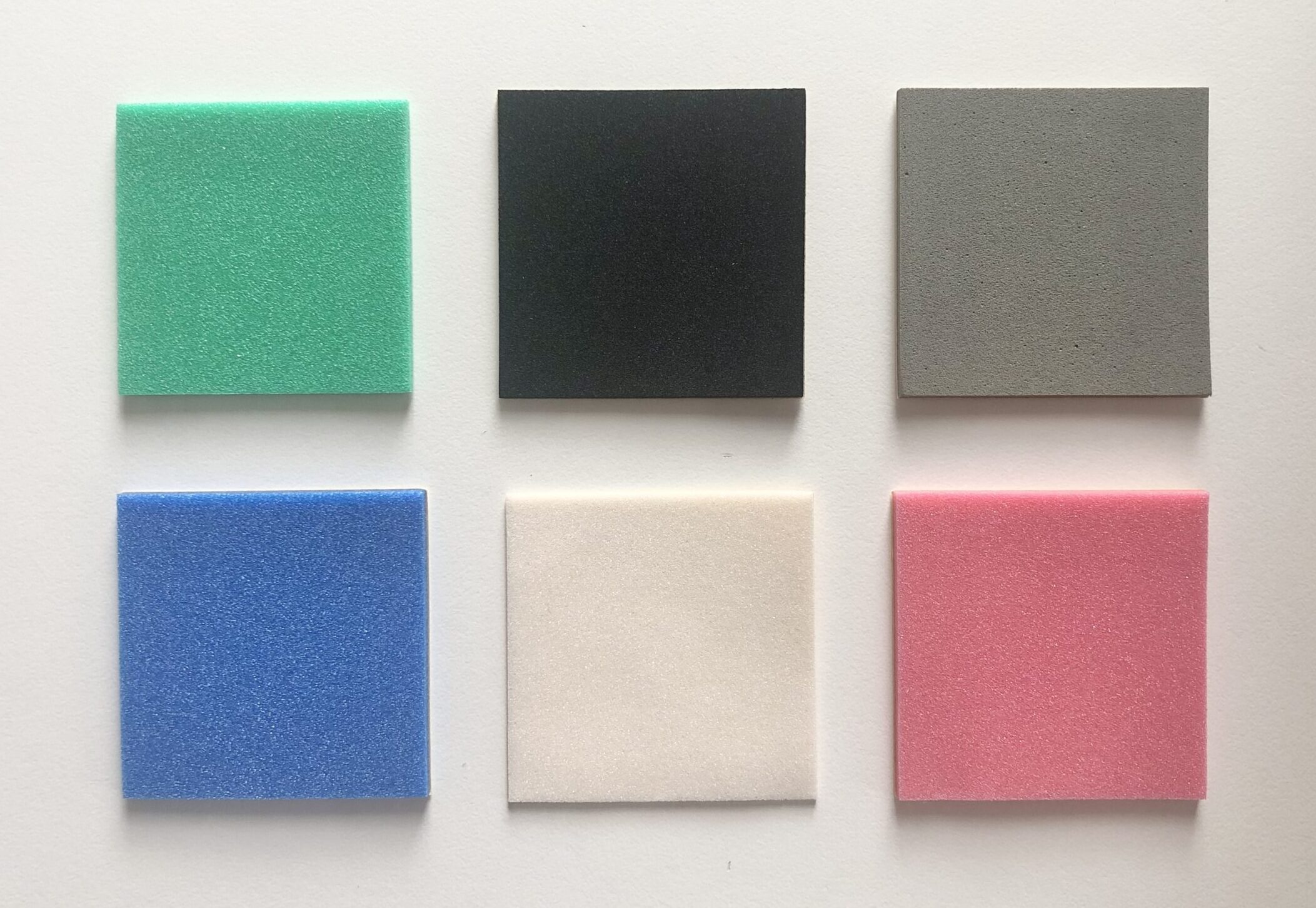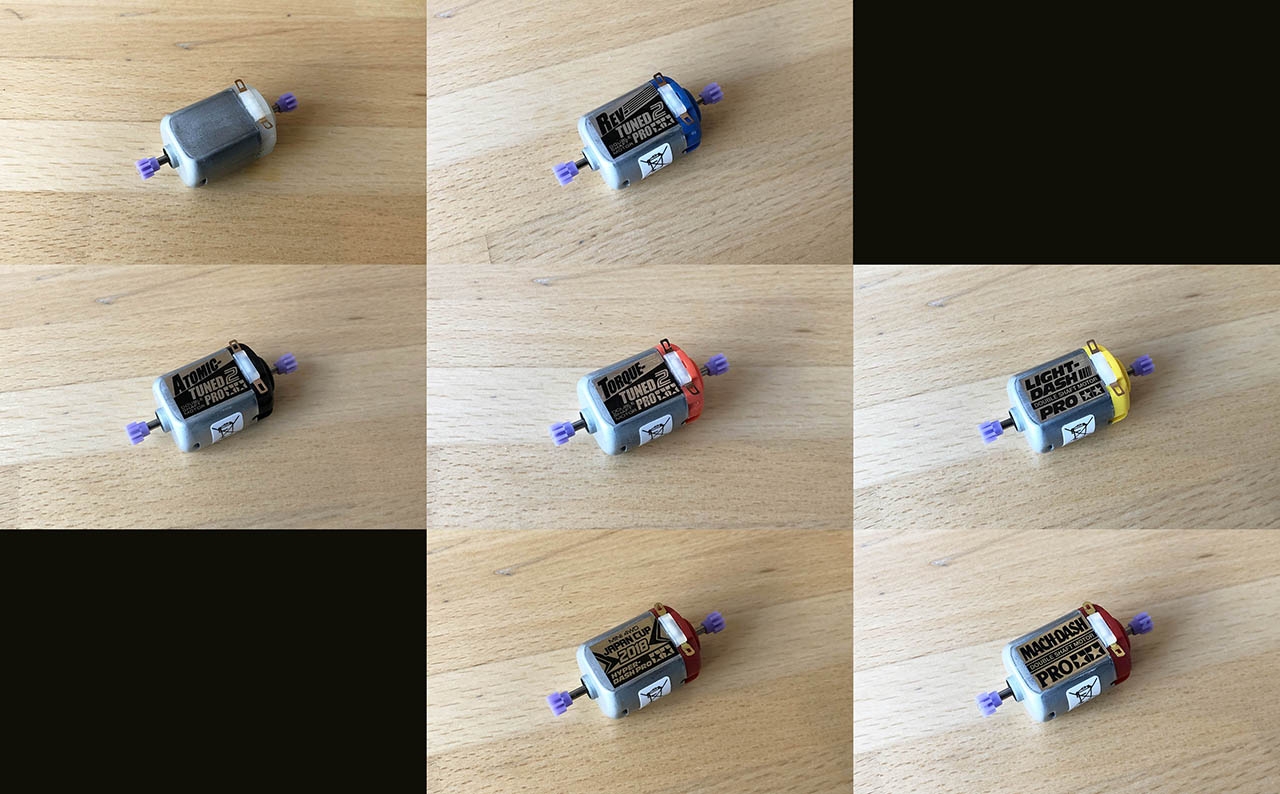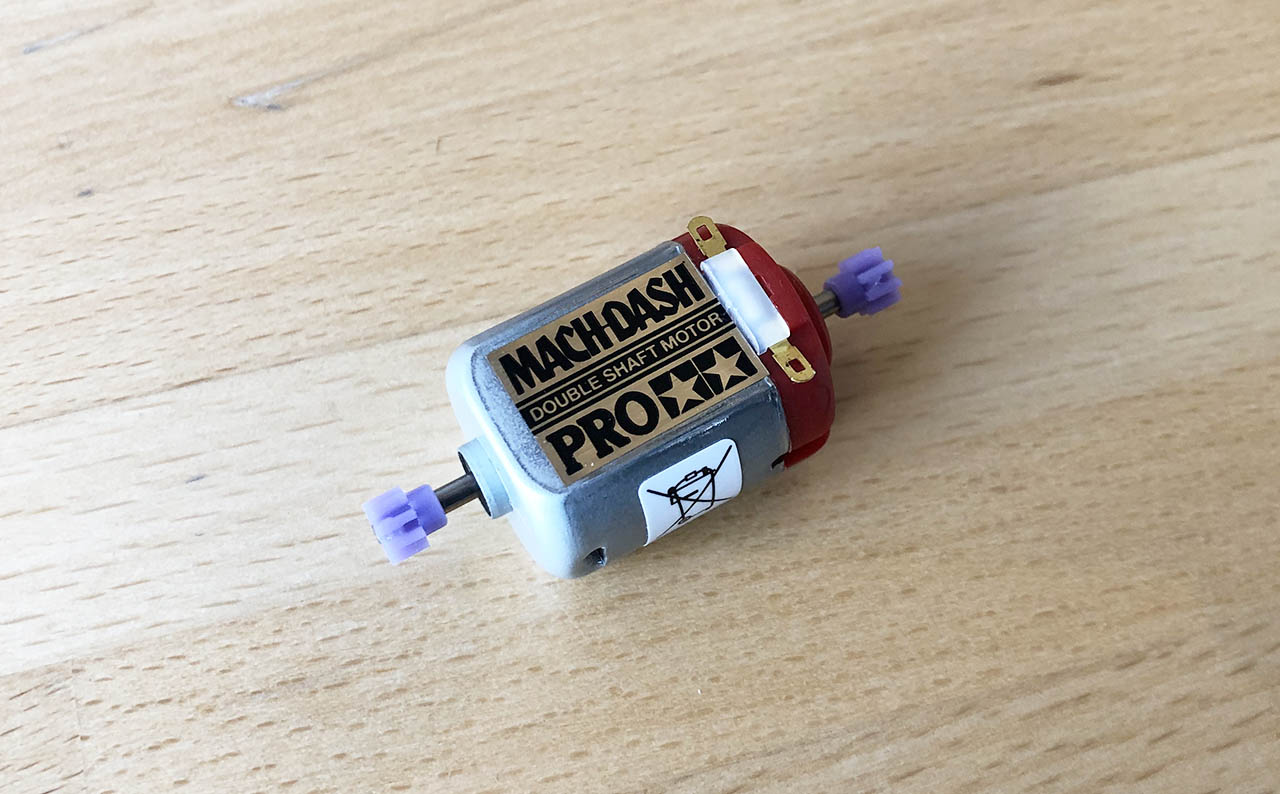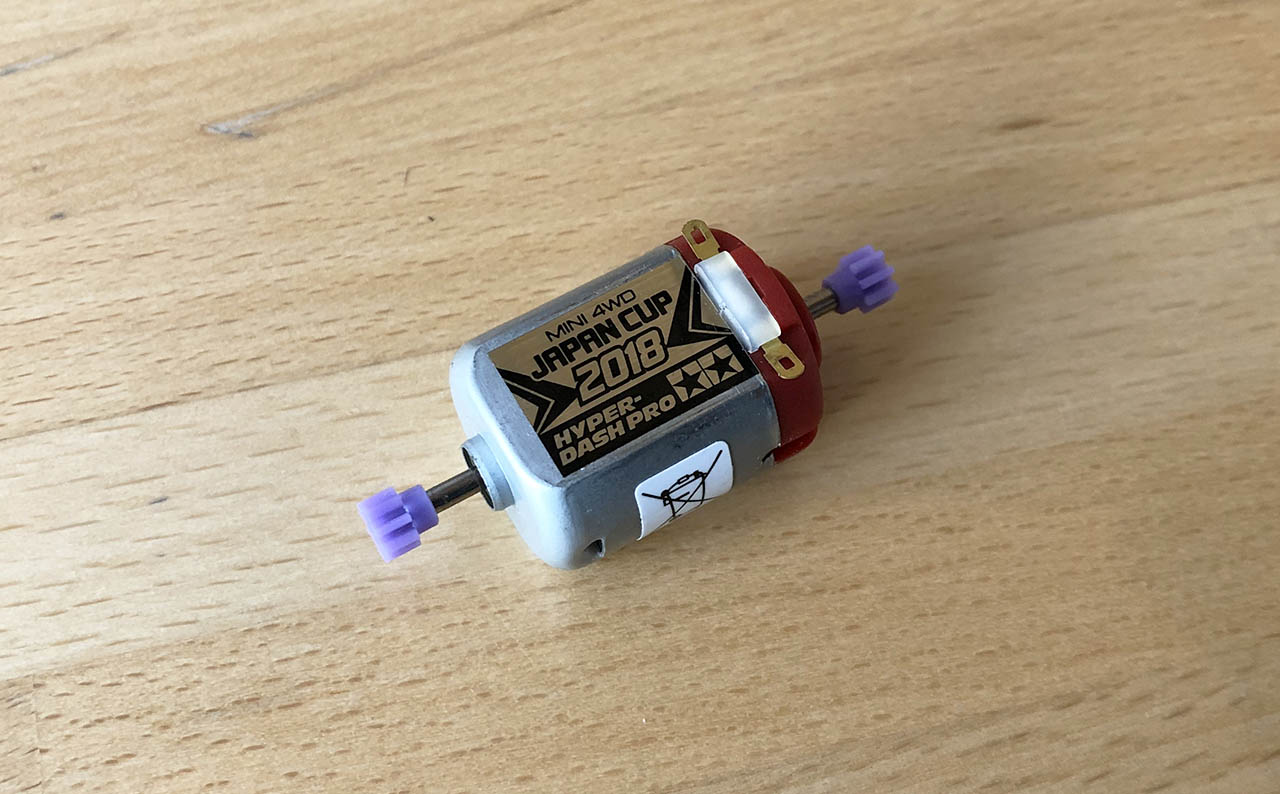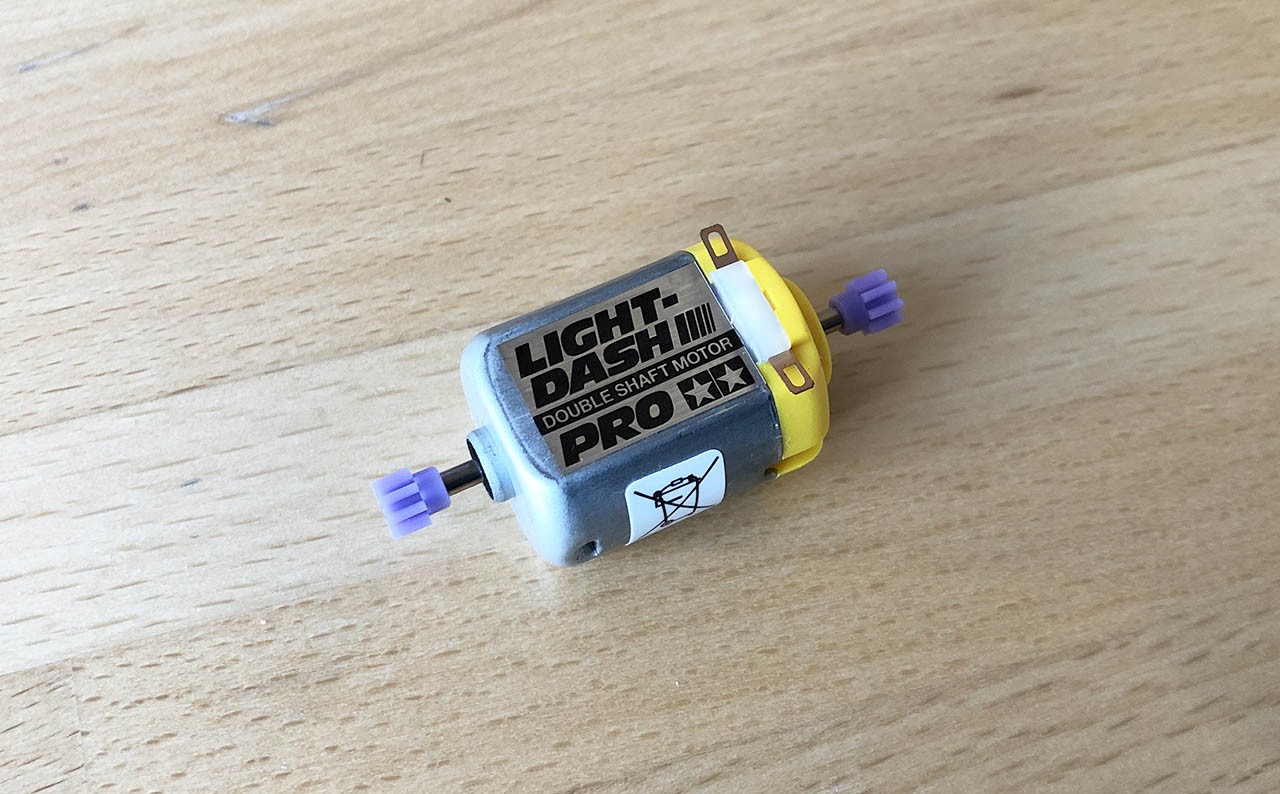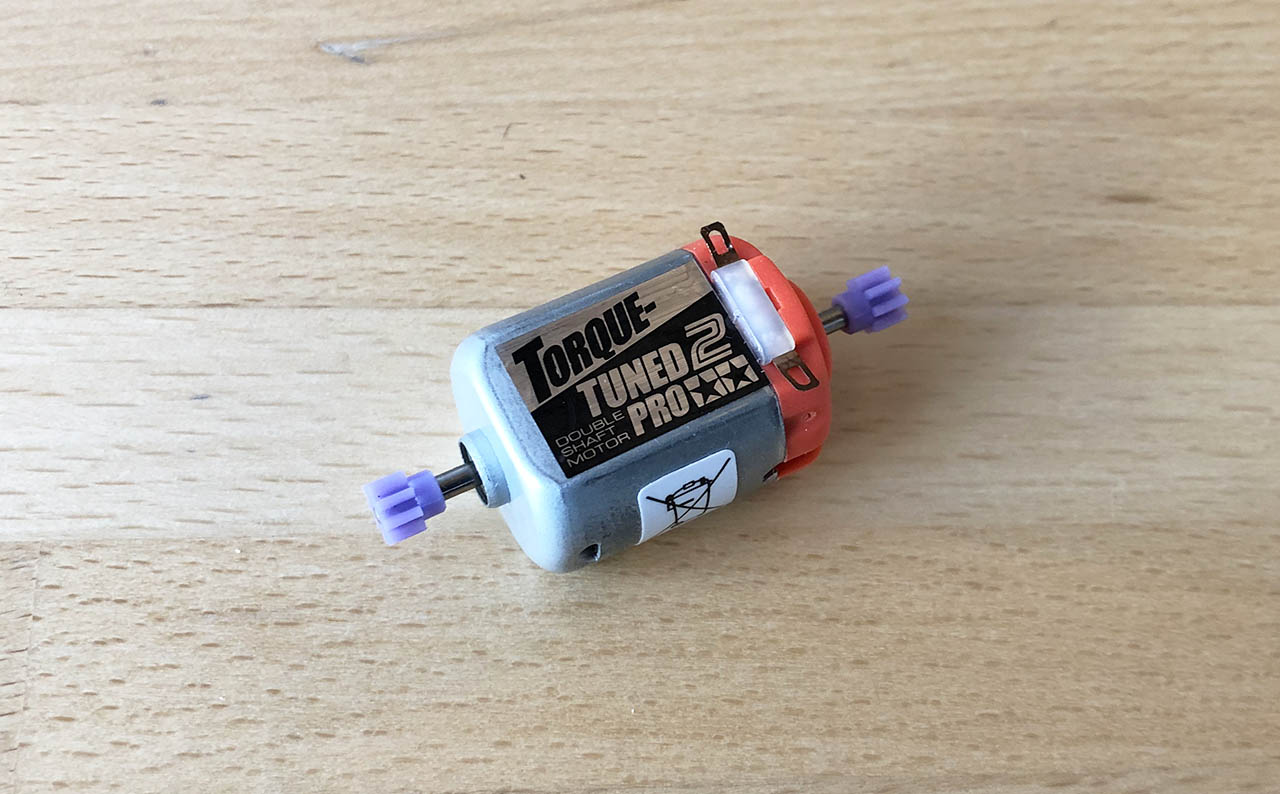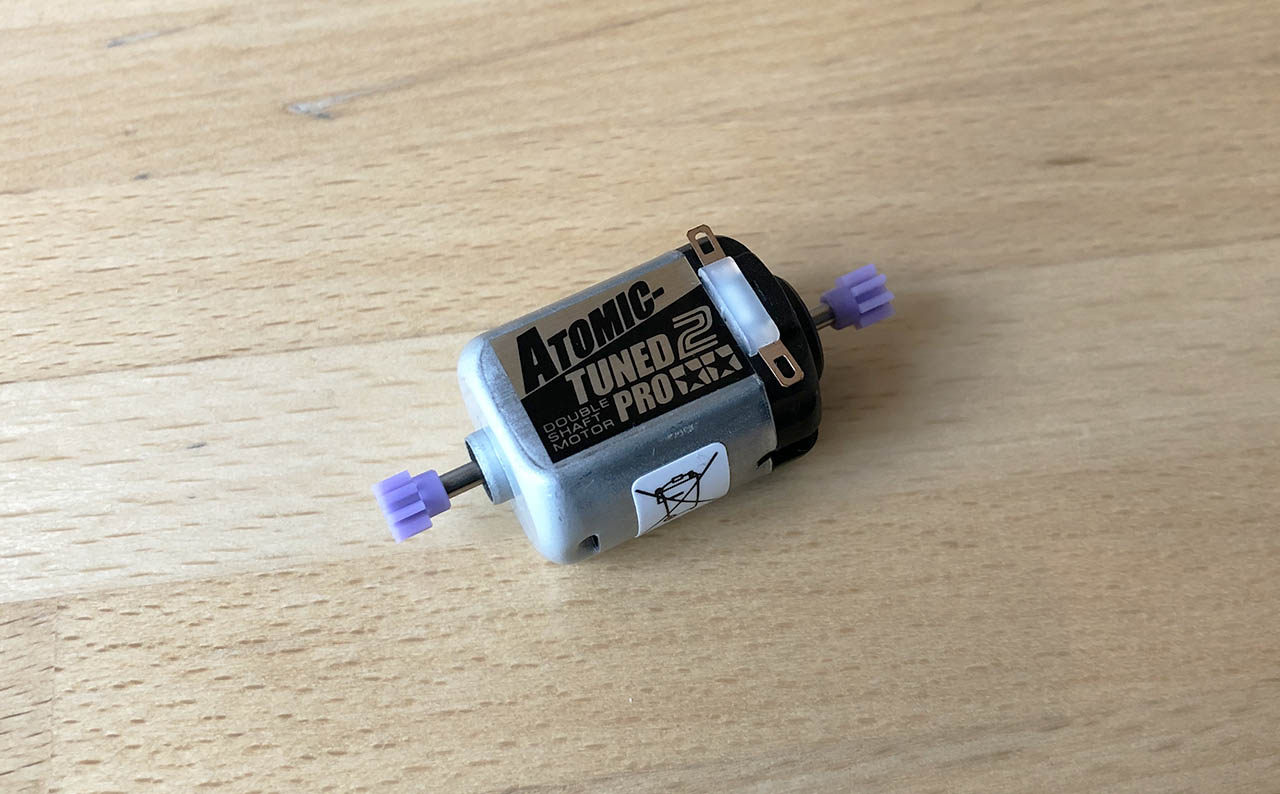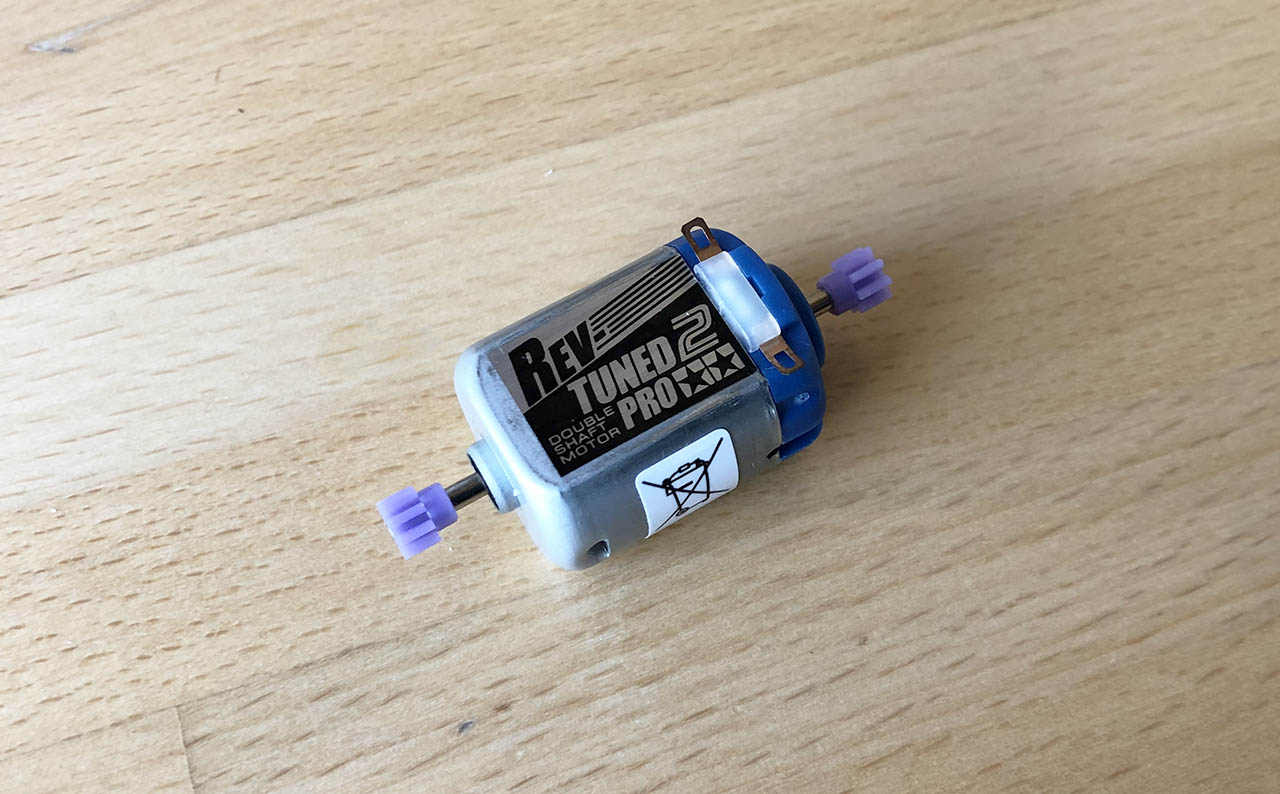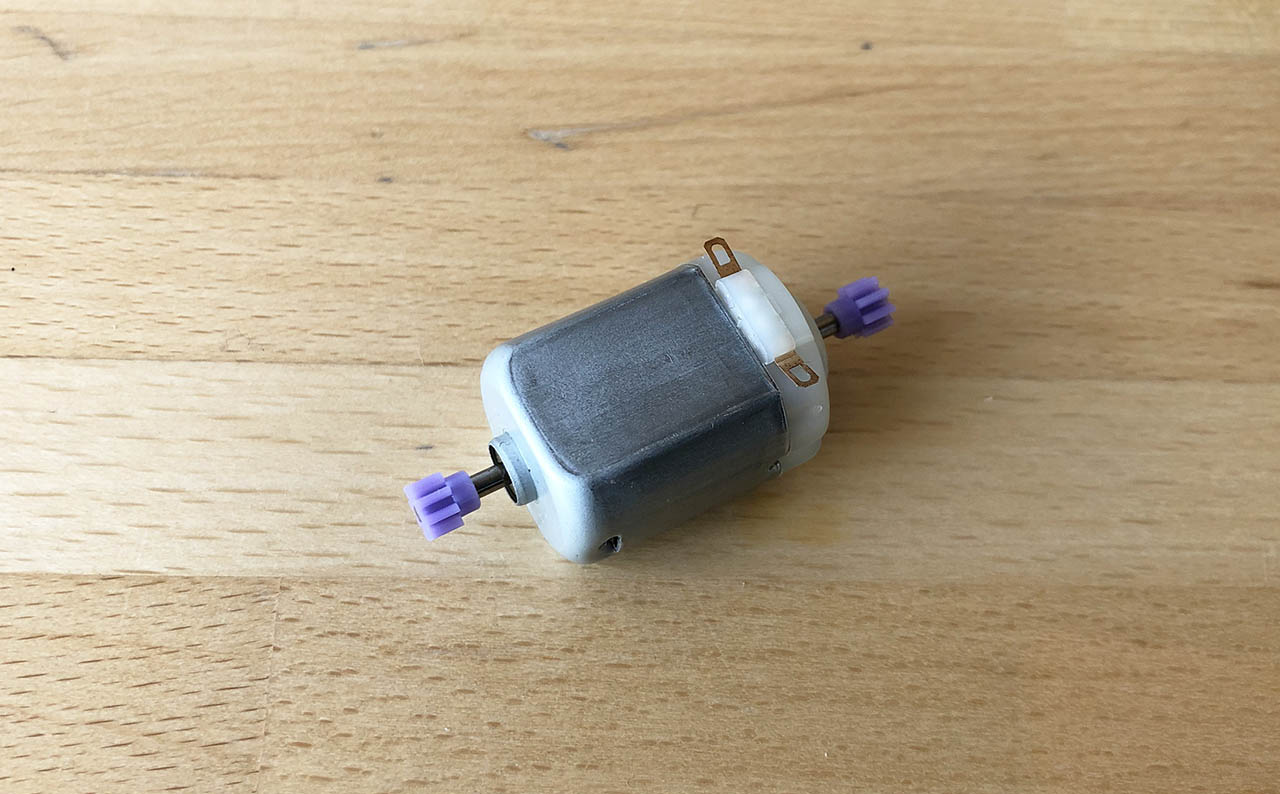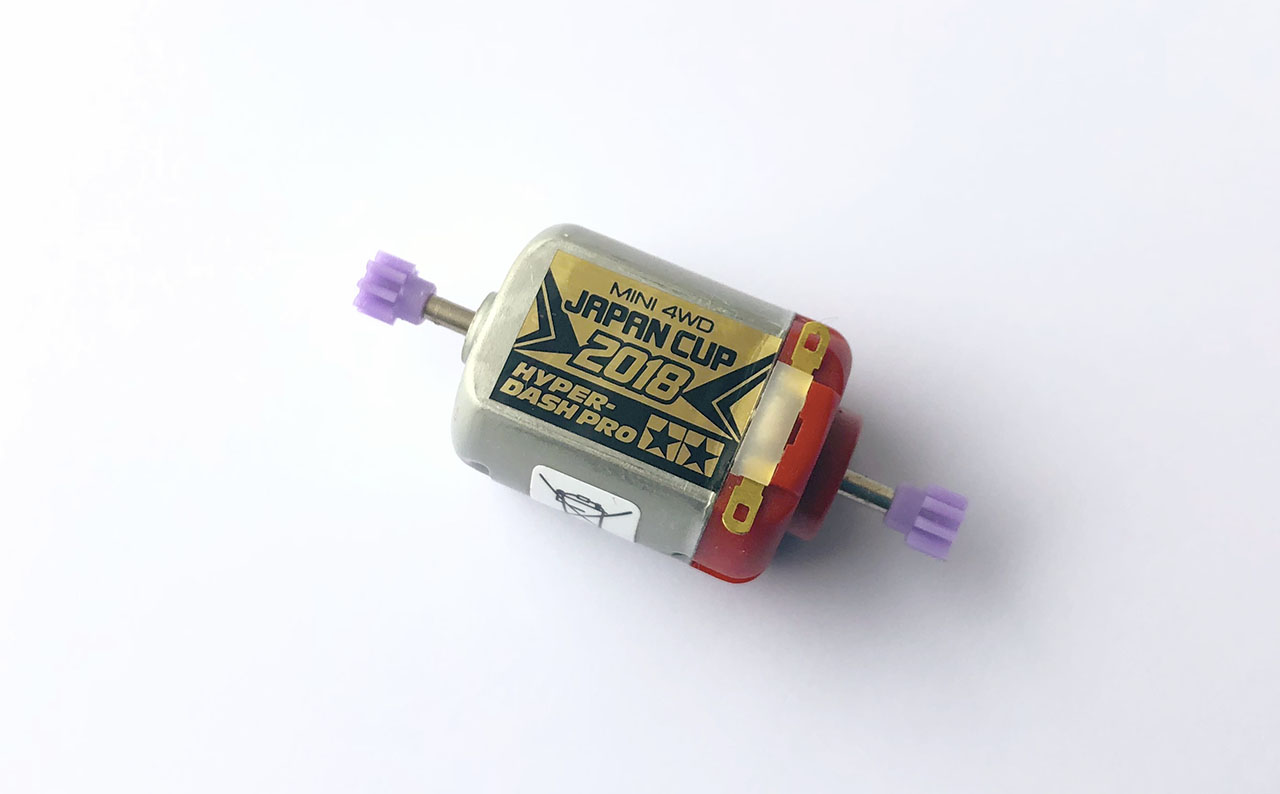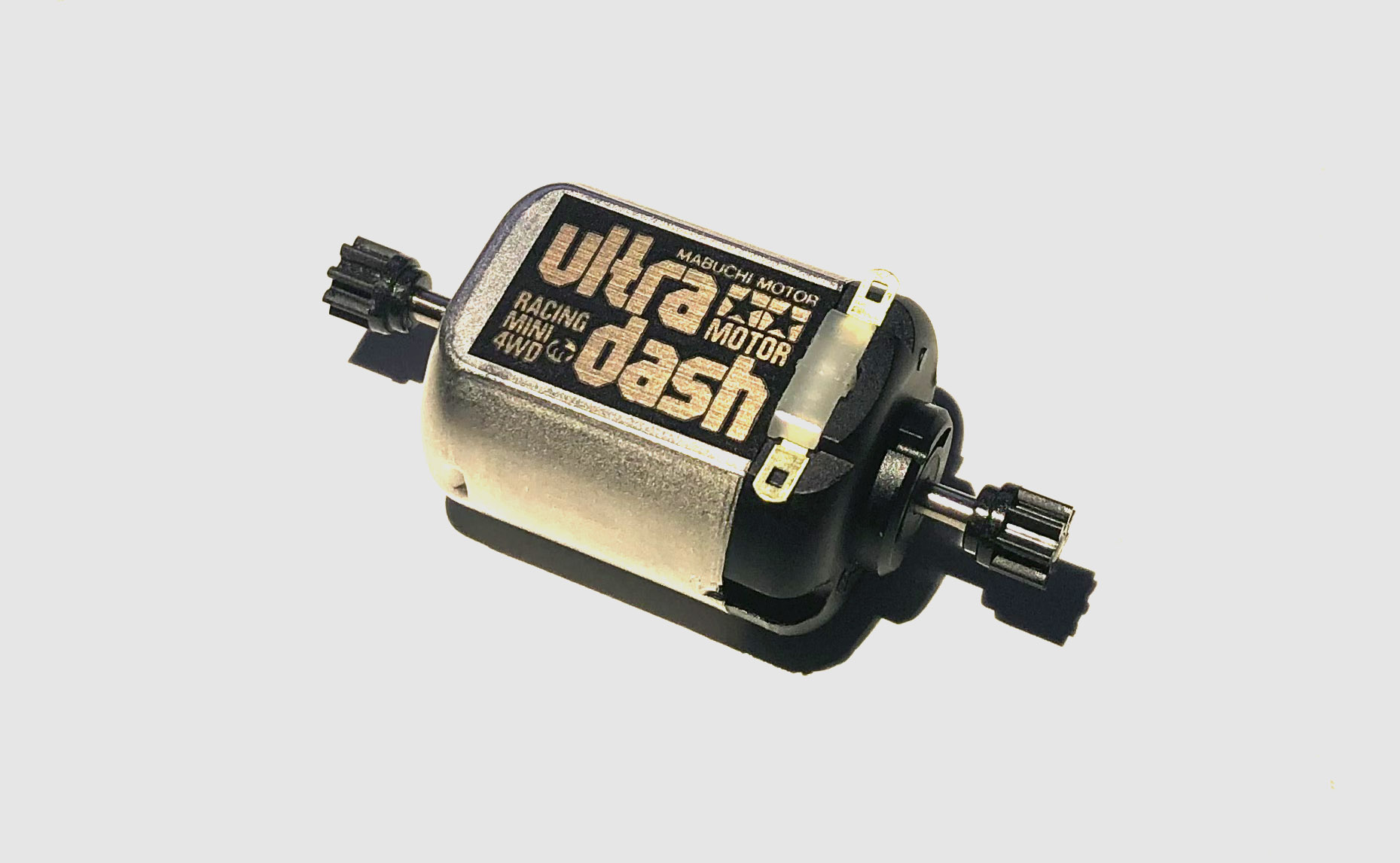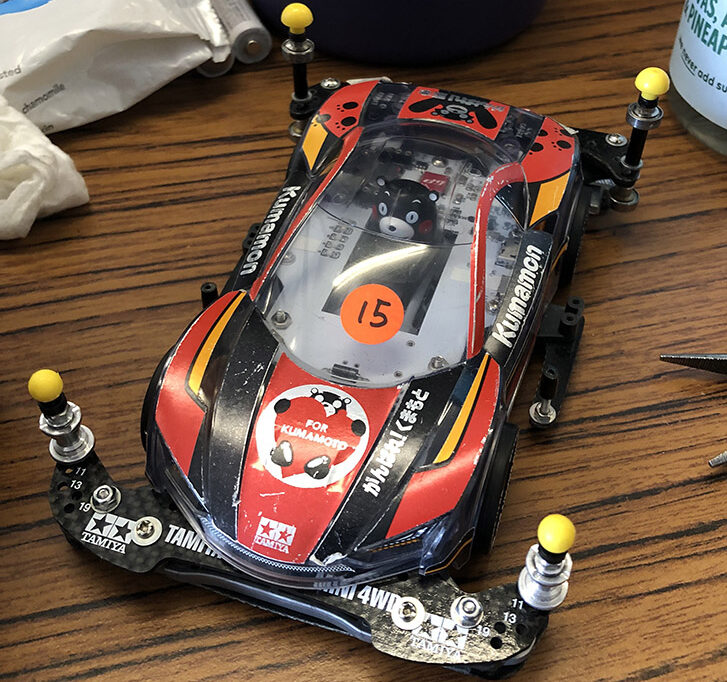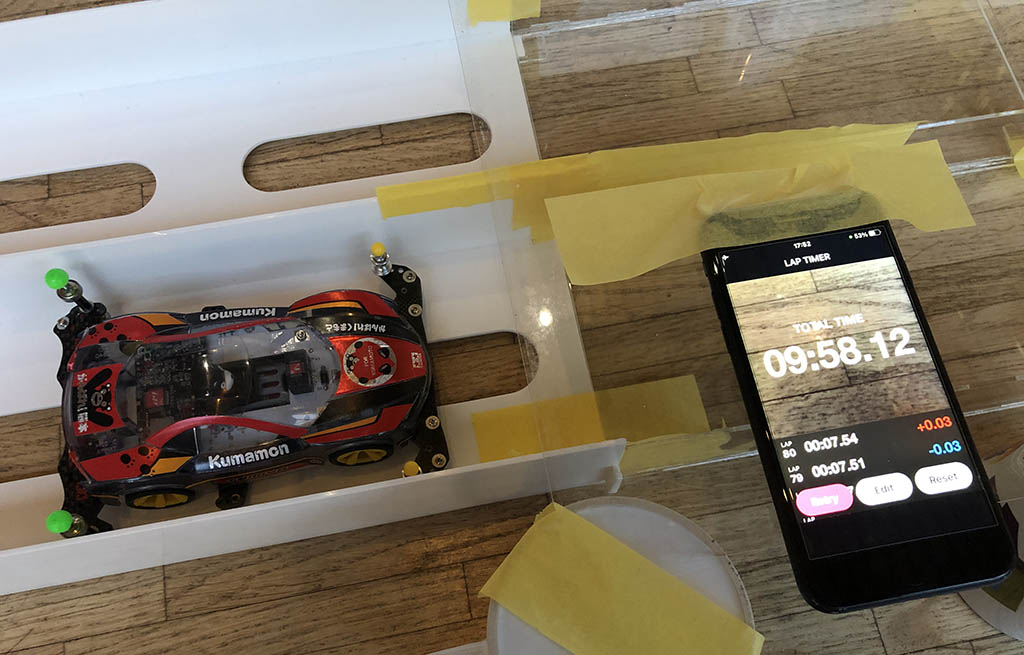What is speed? How does it relate to distance and time? Let’s explore using Mini 4WDs as example.
Distance
First let’s remind ourselves what distance is:
Distance is the length of the space between two points or a measurement of how far apart objects or points are.
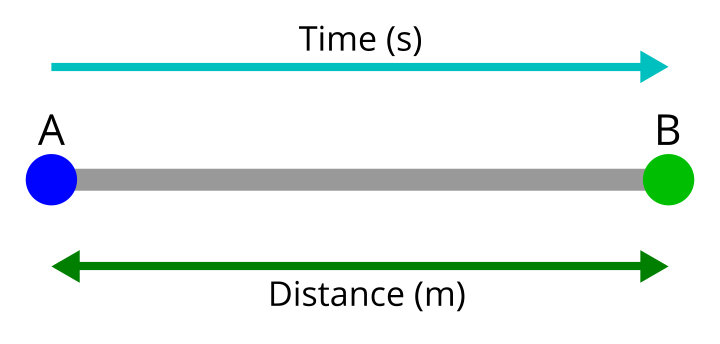
The standard units of measurement people often use for measuring distance are metre (m), centimetre {1/100th of a metre} (cm) and kilometre {1000 metres} (km). These are international standard Système International (SI) unites. In the United Kingdom and the United States, people often use inch, foot and mile to measure distance. Metre is a base SI unit. [1]
Note: SI unit is an international system of measurements that are used universally in technical and scientific research to avoid the confusion with the units
Example with Mini 4WD: The total length of a standard Tamiya Junior Circuit (3 lanes) circuit is around 20 metres. If we run our Mini 4WD around the circuit and complete a loop, it would have travelled a distance of 20 metres.
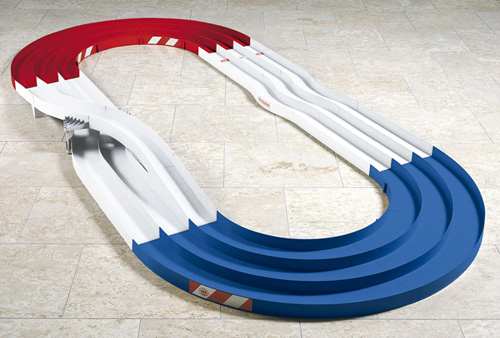
Image source: Tamiya website
Time
Let’s remind ourselves what time is.

Time is defined as the continued progress of existence in the past, present and future. Using the unit of time one can measure the existence of events [2].
The standard units of measurement people often use for measuring time are second (s), minute and hour. Second is a base SI unit.
Example with Mini 4WD: when running our Mini 4WD around a standard Tamiya Junior Circuit (3 lanes), it takes time for our Mini 4WD to go around and complete a loop. If it takes 10 seconds, then the time it takes our Mini 4WD to go around it is 10 seconds.
Speed
We have reminded ourselves of distance and time. So what is speed? How does it relate the distance and time?
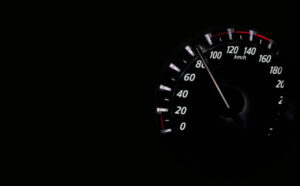
Speed is defined as the rate in change of distance with time. It has the dimension of distance by time. Thus, the SI unit of speed is given as the combination of the basic unit of distance and the basic unit of Time. [3] For example, metres per second, kilometres per hour etc…
The average speed of an object in an interval of time is the distance travelled by the object divided by the duration of the interval [4]
Speed = Distance ÷ Time
Example with Mini 4WD: given the length of the Tamiya Junior Circuit is 20 metres long and it took our Mini 4WD 10 seconds to complete the loop. The average speed of our Mini 4WD was:
Speed (m/s) = 20 metres ÷ 10 seconds = 2 m/s
Example (2): if you can walk a distance of 1 metre (m) in 1 second of time (s), your speed is 1 metre per second (m/s). If an athlete can run a 100 metres sprint in 10 seconds, his average speed was 10 metre per second.
Example (3): Let’s flip it around, if a car is travelling at 60 kilometres per hour. In an hour time, it will have covered a distance of 60 kilometres.
If we plot a chart with speed and time, this is what we get:
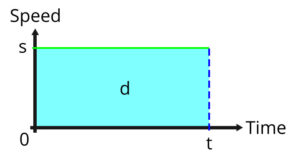
Interestingly, the area in blue is the distance the object has travelled as: distance = speed × time.
Acceleration
When talking about speed, we should not forget acceleration.
When an object move in one speed (e.g. from a standstill) to another speed (e.g. 2 m/s), the change in speed is called acceleration (or deceleration).
Let’s explore this concept using the chart below.
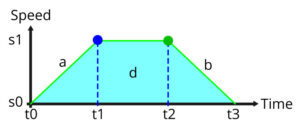
Imagine a car is traveling from point A to point B. It starts at time t0 and it stops at time t3.
Suppose
s0 = 0 m/s (standstill)
s1 = 2 m/s
t0 = 0 second
t1 = 5 second
t2 = 20 second
t3 = 30 second
At time t0, the car accelerate from speed s0 (0 m/s) to speed s1 (2 m/s) and it stops accelerating at t1. The acceleration can be calculated with formula
Acceleration (m/s2) = (s1 – s0) ÷ (t1 – t0)
Acceleration (m/s2) = (2 – 0) ÷ (5 – 0) = 0.4 m/s
(note: it is also the gradient of line a.)
At time t1, the car travels at a constant speed s1 (2 m/s) until time t2. Then it slows down to s0 (0 m/s) at time t3. The acceleration (i.e. deceleration) can be calculated with formula
Acceleration (m/s2) = (s0 – s1) ÷ (t3 – t2) = (0 – 2) ÷ (30 – 20) = -0.2 m/s
Negative means deceleration.
The distance (d) the car has travelled can be calculated. It is the blue area in the chart.
Distance of t0 to t1: (s1 – s0) × (t1 – t0) ÷ 2 = (2 – 0) × (5 – 0) ÷ 2 = 5 metres
Distance of t1 to t2: (s1 – s0) × (t2 – t1) = (2 – 0) × (20 – 5) = 30 metres
Distance of t2 to t3: (s1 – s0) × (t3 – t2) ÷ 2 = (2 – 0) × (30 – 20) ÷ 2 = 10 metres
So the total distance our car has travelled is 5 + 30 + 10 = 45 metres.
How do we measure the speed of our Mini 4WD?
Our on board computer has a clock that can measure time accurately. Our tachometer enables us to measure how many times the wheel completes a revolution. We measure the diameter of the wheel so that we can calculate the circumference of the wheel. The on-board computer uses these three pieces of information to calculate speed. For example:
We measured the diameter of the wheel. The diameter was 0.026 metres (i.e. 2.6 cm). So the circumference of the wheel is diameter × pi = ~0.08164m. We set this as an input parameter to the computer.
We placed the car on the track and let it travel a certain distance. The computer counted the number of revolution the wheels has done over the distance and the result was 40 turns.
The on-board computer recorded the time when the car started and the time when it stopped. Then it used these records to calculate the duration which was 2 seconds.
Therefore the distance travelled by the Mini 4WD was 0.08164 × 40 = ~3.26 metres
Using the formula Speed = Distance ÷ Time
Speed = 3.26 metres ÷ 2 seconds = 1.63 metre per second (m/s)
So this is how our Mini 4WDs calculates speed in a nutshell.
Luckily, our custom made tachometer can measure 1/20th of a turn of the wheel. Combining with time measurement in milliseconds {1/1000th second). We can measure speed in greater precision and shorter time.
In summary
Speed can be calculated by measuring distance and time.
Speed = Distance ÷ Time
Acceleration = change of speed ÷ change of time
Stay tuned for more science 101 articles.
Hope you enjoy reading this article and have learnt some science too. Please feel free to leave a comment on our Facebook page @Mini4Science.
References
[1] https://en.wikipedia.org/wiki/Distance
[2] https://byjus.com/physics/unit-of-time/
[3] https://byjus.com/physics/unit-of-speed/
[4] https://en.wikipedia.org/wiki/Speed
Cover photo and photos image source


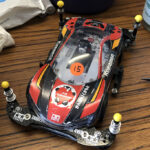
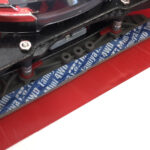
![7 different Tamiya Mini 4WD low profile small diameter tyres [Item no: 95208, 95205,95152, 95281, 95304]](https://mini4science.com/wp-content/uploads/2024/09/IMG_0538_mod2-150x150.jpg)
![8 different Tamiya Mini 4WD metal rollers [Item no: 95612, 15522, 95643, 95497, 15426, 95160, 15345, 15475]](https://mini4science.com/wp-content/uploads/2024/07/IMG_0296-150x150.jpg)
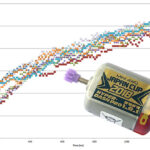
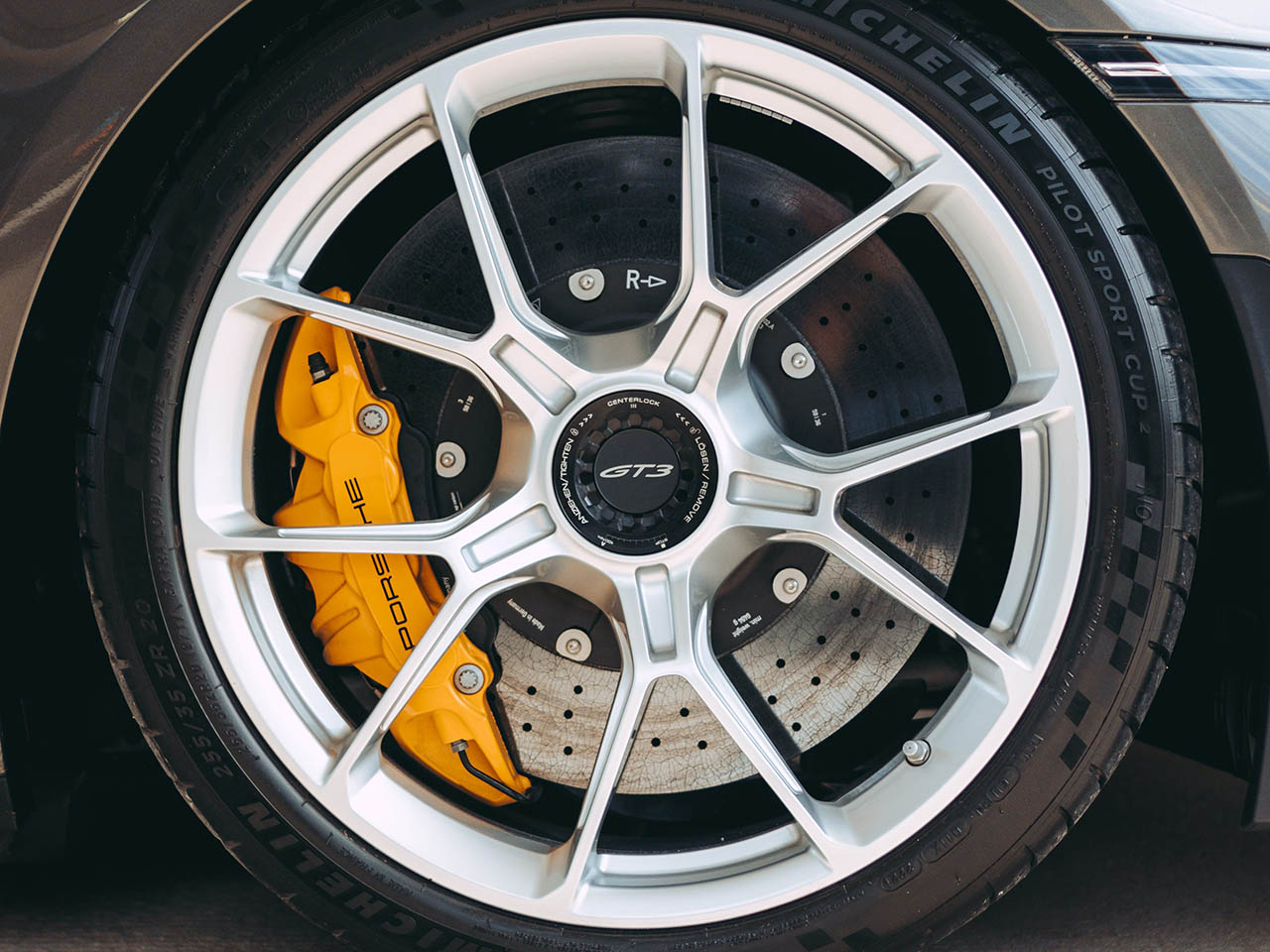

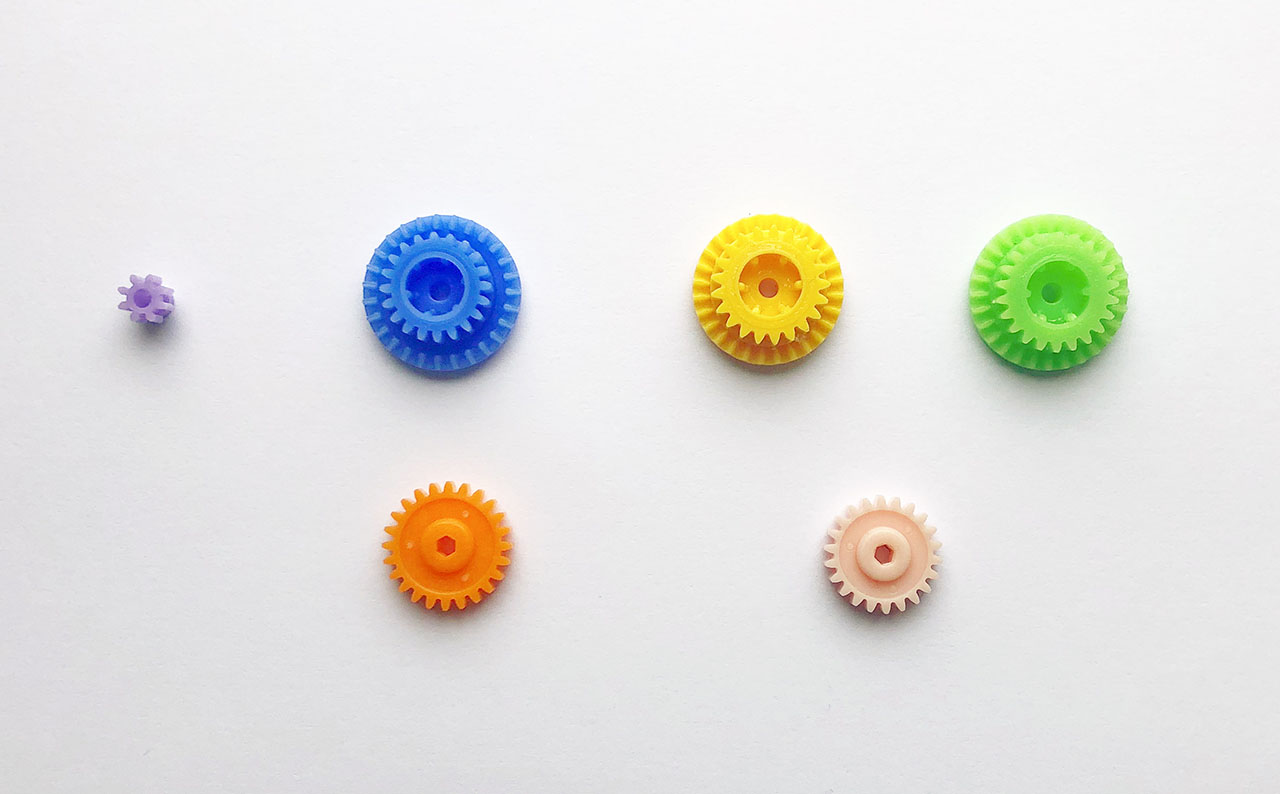
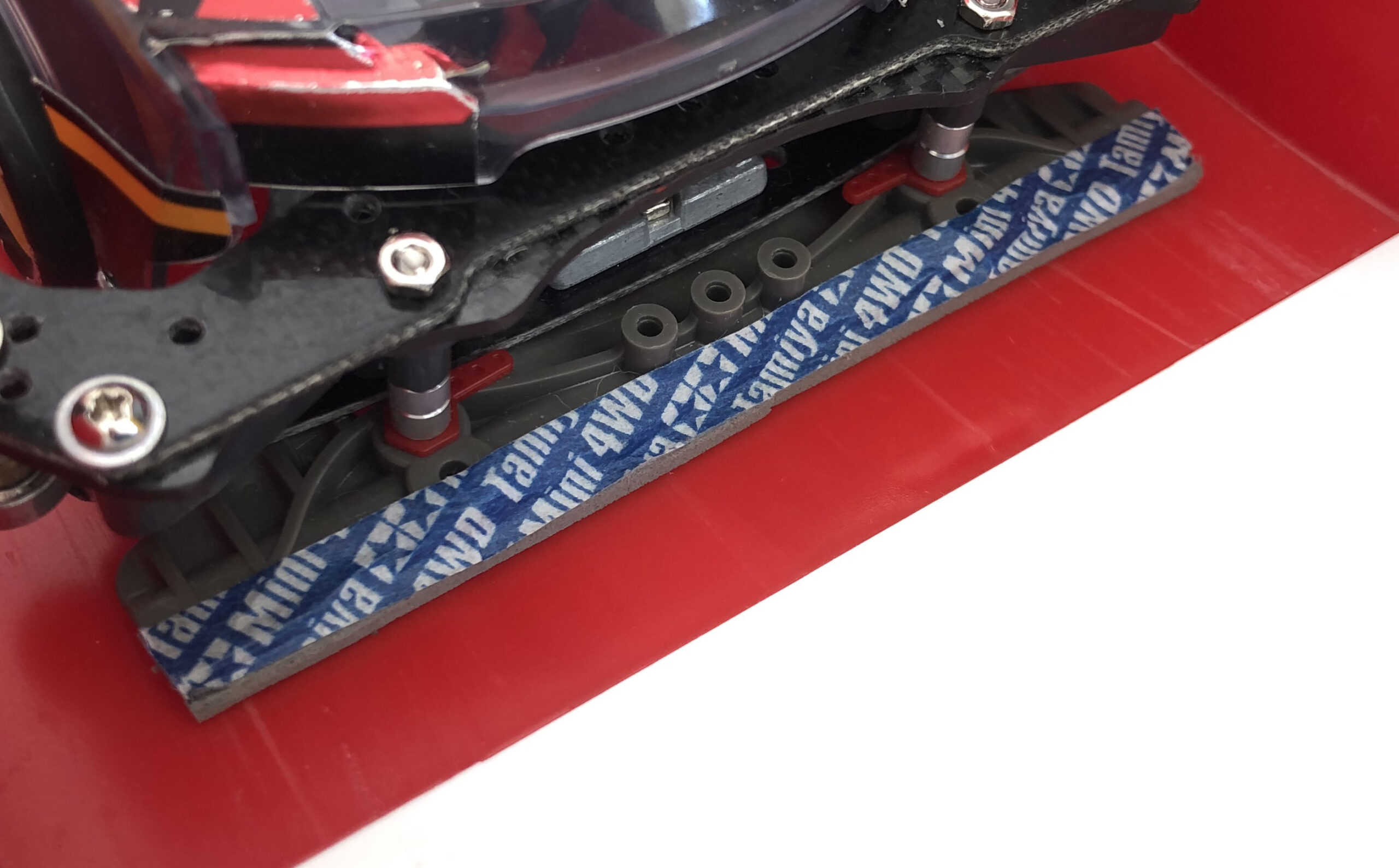
![7 different Tamiya Mini 4WD low profile small diameter tyres [Item no: 95208, 95205,95152, 95281, 95304]](https://mini4science.com/wp-content/uploads/2024/09/IMG_0538_mod2.jpg)
![8 different Tamiya Mini 4WD metal rollers [Item no: 95612, 15522, 95643, 95497, 15426, 95160, 15345, 15475]](https://mini4science.com/wp-content/uploads/2024/07/IMG_0296-scaled.jpg)

